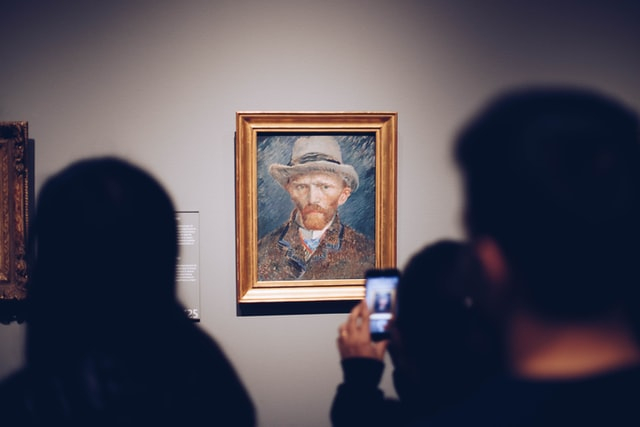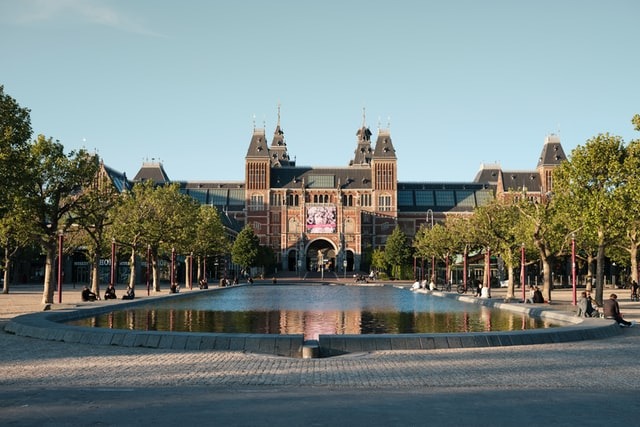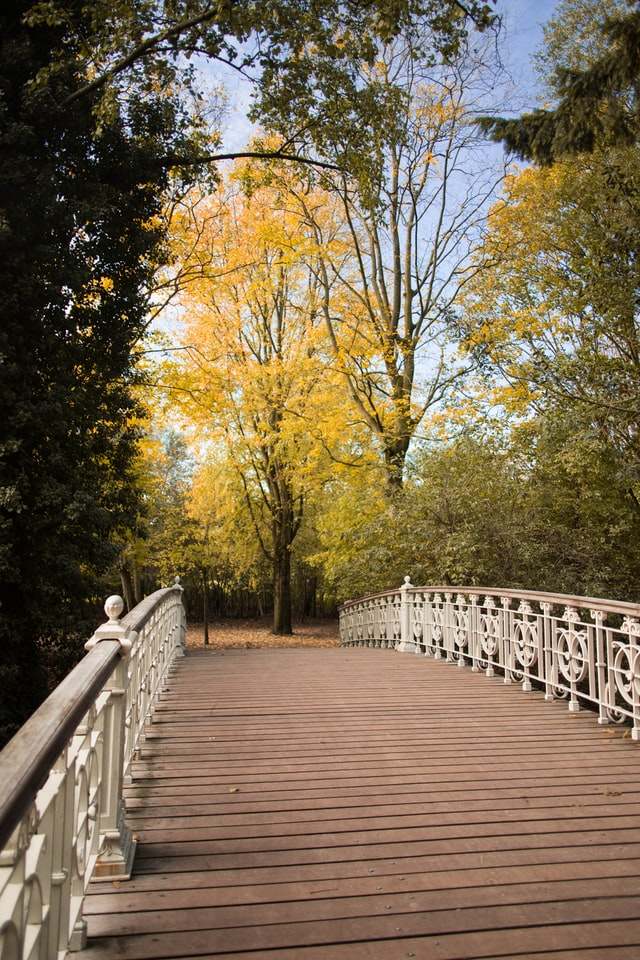Van Gogh Museum
Share this attraction
Back

Van Gogh Museum
Amsterdam
Van Gogh Museum - the most important information
The Van Gogh Museum is a Dutch art museum dedicated to the works of Vincent van Gogh and his contemporaries in the Museum Square in Amsterdam South, close to the Stedelijk Museum, the Rijksmuseum, and the Concertgebouw. The museum opened on June 2nd 1973, and its buildings were designed by Gerrit Rietveld and Kisho Kurokawa. The museum contains the largest collection of Van Gogh's paintings and drawings in the world. In 2017, the museum had 2.3 million visitors and was the most-visited museum in the Netherlands, and the 23rd-most-visited art museum in the world.
History of the Van Gogh Museum
Upon Vincent van Gogh's death in 1890, his work not sold fell into the possession of his brother Theo. Theo died six months after Vincent, leaving the work in the possession of his widow, Johanna van Gogh-Bonger. Selling many of Vincent's paintings with the ambition of spreading knowledge of his artwork, Johanna maintained a private collection of his works. Design for a Van Gogh Museum was commissioned by the Dutch government in 1963 by Dutch architect and furniture designer Gerrit Rietveld. Rietveld died a year later, and the building was not complete until 1973 when the museum opened its doors. In 1998 and 1999, the building was renovated by the Dutch architect Martien van Goor, and an exhibition wing by the Japanese architect Kisho Kurokawa was added. On 9 September 2013, the museum unveiled a long-lost Van Gogh painting that spent years in a Norwegian attic believed to be by another painter. It is the first full-size canvas by him discovered since 1928.
What to see in the Van Gogh Museum?
The museum’s collection comprises 200 paintings, 400 drawings, and 700 letters by Vincent van Gogh. The story of Van Gogh’s art is told throughout the galleries, not only giving a permanent position to his paintings but also to his drawings and letters. Important aspects of Van Gogh’s art are highlighted and studied through varying themes. Van Gogh’s ambition to paint farmers, his search for color, and his personal interpretation of nature are given a prominent place in the museum, naturally featuring highlights like:
- The Potato Eaters is an oil painting by Vincent van Gogh painted in April 1885 in Nuenen. The painting had to depict the harsh reality of country life, so he gave the peasants coarse faces and bony, working hands.
- Bedroom in Arles is the title given to each of three similar paintings by Vincent van Gogh. The painting depicts van Gogh’s bedroom at 2, Place Lamartine in Arles, Bouches-du-Rhône, France, known as the Yellow House.
- Sunflowers: Van Gogh did them in Arles, in the south of France, in 1888 and 1889. Vincent painted a total of five large canvases with sunflowers in a vase, with three shades of yellow “and nothing else.”
- Almond Blossom and Irises are a group of several paintings made in 1888 and 1890 by Vincent van Gogh. Large blossom branches like this against a blue sky were one of Van Gogh’s favorite subjects.
- Meet Vincent Van Gogh Experience, described as a traveling "3D immersive exhibition" using technology and computer audio-visual techniques to cover the story of Van Gogh's life through images of his works.
Opening hours and tickets for the Van Gogh Museum
- Opening hours:Usually the museum is opened from 10 am to 5 pm from Tuesday until Friday, and from 9 am to 5 am on the Weekends. On Mondays, the museum is closed. On Friday evening the Van Gogh Museum in Amsterdam is open till 10 pm. A DJ plays relaxing music, there are video projections, the bar is open and the guided tours are free (tour in English starts at 7 pm).
- Tickets: The Van Gogh Museum is extremely popular. Because people stand hours in line trying to get a ticket, tickets are now only sold with a date and timeslot. The prices for the tickets start at 19 USD for adults, and for the students, it is 10 USD. On the other hand, children and people under 18 have free access to the Museum.
Because the museum has specific working hours for the holidays and some exhibitions, but also to check out the current ticket prices for the entrance and some specific conveniences, we suggest to check out the Van Gogh Museum’s official website before going. Here you can also pay for your tickets in advance.
How to get to the Van Gogh Museum?
- This museum is very well connected with public transport, so it shouldn't be hard to locate it. The nearest stops are Van Baerlestraat (tram 2, 5, or 12) or Museumplein (tram: 3, 5, or 12, bus: 347 or 357). It would be best if you plan your journey via the 9292 website or call +31 900 9292.
- You should also know if you are traveling via car that located underneath Museumplein, Q-Park (entrance Van Baerlestraat) is the closest car park to the Van Gogh Museum. Please note that paid parking applies on the streets near the museum.
Van Gogh Museum Trivia:
- In 1991, in one of the largest but shortest-lived art thefts, twenty paintings were stolen from the museum. Although the thieves escaped from the building, 35 minutes later all stolen paintings were recovered from an abandoned car. Three paintings – Wheatfield with Crows, Still Life with Bible, and Still Life with Fruit – were severely torn during the theft
- In 2002, two paintings were stolen from the museum, Congregation Leaving the Reformed Church in Nuenen and View of the Sea at Scheveningen. Two Dutchmen were convicted for the theft to four-and-a-half-year sentences, but the paintings were not immediately recovered. The museum offered a reward of €100,000 for information leading to the recovery of the paintings. The FBI Art Crime Team listed the robbery on their Top Ten Art Crimes list and estimates the combined value of the paintings at US$30 million. In September 2016, both paintings were discovered by the Guardia di Finanza in Naples, Italy.
- In 2016, the museum had 2.1 million visitors and was the 2nd most visited museum in the Netherlands (after the Rijksmuseum) and the 25th most visited art museum in the world.
- In Dutch, Van Gogh is pronounced with a hard, throat-sounded ‘g’. Dutch people will look at you in a strange way if you ask the way to the ‘Van Gogh Museum’.
Location
Learn more about this destination
Discover the beauty of the destination through blogs that highlight the most famous landmarks, hidden gems, and provide travel tips for visiting this destination. Embark on an adventure through the stories of experienced travelers.




















